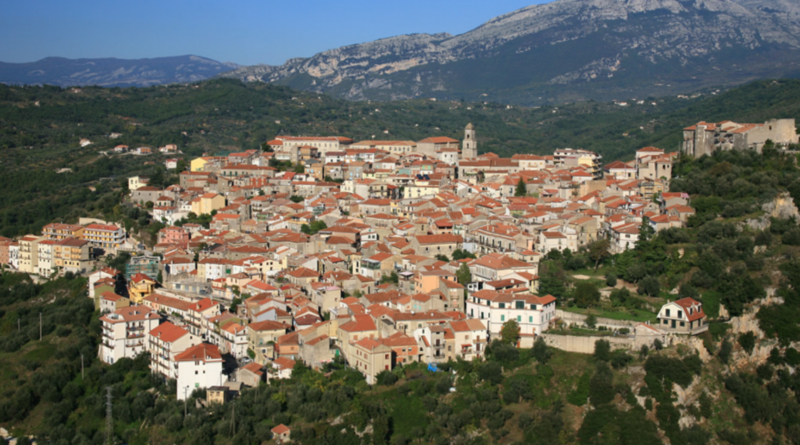Echoes of Ancient Rhythms: Commemorating the Memory of the Past

Older generations who lived in southern Italy no doubt recall hearing bells or sirens sound at various points throughout the day.
Life was marked by simple yet repetitive gestures: work, their relationship to nature and sharing among family and the people in small villages. Today in Cilento’s small villages it seems time has stopped as houses no longer just reside within their walls – they form part of a greater “house community”.
The Cilento is an ancient area, dating back to prehistoric times. It marks the boundary between Greek colonies of Magna Graecia and Etruscan and Lucanians who inhabit its land, while Paestum and Velia, two classical cities from classical times can still be found there today.
Cilento and Vallo di Diano National Park with Paestum and Velia Archeological Sites and Certosa di Padula Certosa di Padula are listed by UNESCO on their World Heritage List.
Here is an account by Alfonso Filizzola, Laurino’s friend who takes great pride in keeping alive the memory and celebrating the beauty of Cilento.
At noon, two bells from two churches — S. Biagio’s small one near the north-west tower and All Saints’ in the town center — rang their bells, with festively modulated tones from both. Both announced to people the arrival of noon with vibrant sound of bronze that reached faraway areas.
The message had reached the craftsmen working wood or iron in their shop, the farmer pushing his oxen in the fields and housewife arranging “tianos” of terracotta emitting an aroma of sauce – but no one took action; all were waiting for another signal, one which would prove decisive and give restorative peace.
Punctually and imperiously, Santa Maria Maggiore bell rang out its unmistakably “cracked” sound throughout its massive structure high atop Monte Cavallo where its shepherd lived alone in solitude. The great bell of Santa Maria Maggiore towering high over town undulated rhythmically as its massive structure touched its pinnacle; while below, chimes from its tower continued their unmistakable “cracked” chime tone that resonated throughout every corner of this valley until eventually passing under Monte Cavallo where shepherd lived solitary.
After each had done what he or she could to dine, craftsmen put away their tools; farmers returned from long days working the fields; shepherds opened worn saddlebags to retrieve frugal meals for themselves and everyone ate as best they could.
